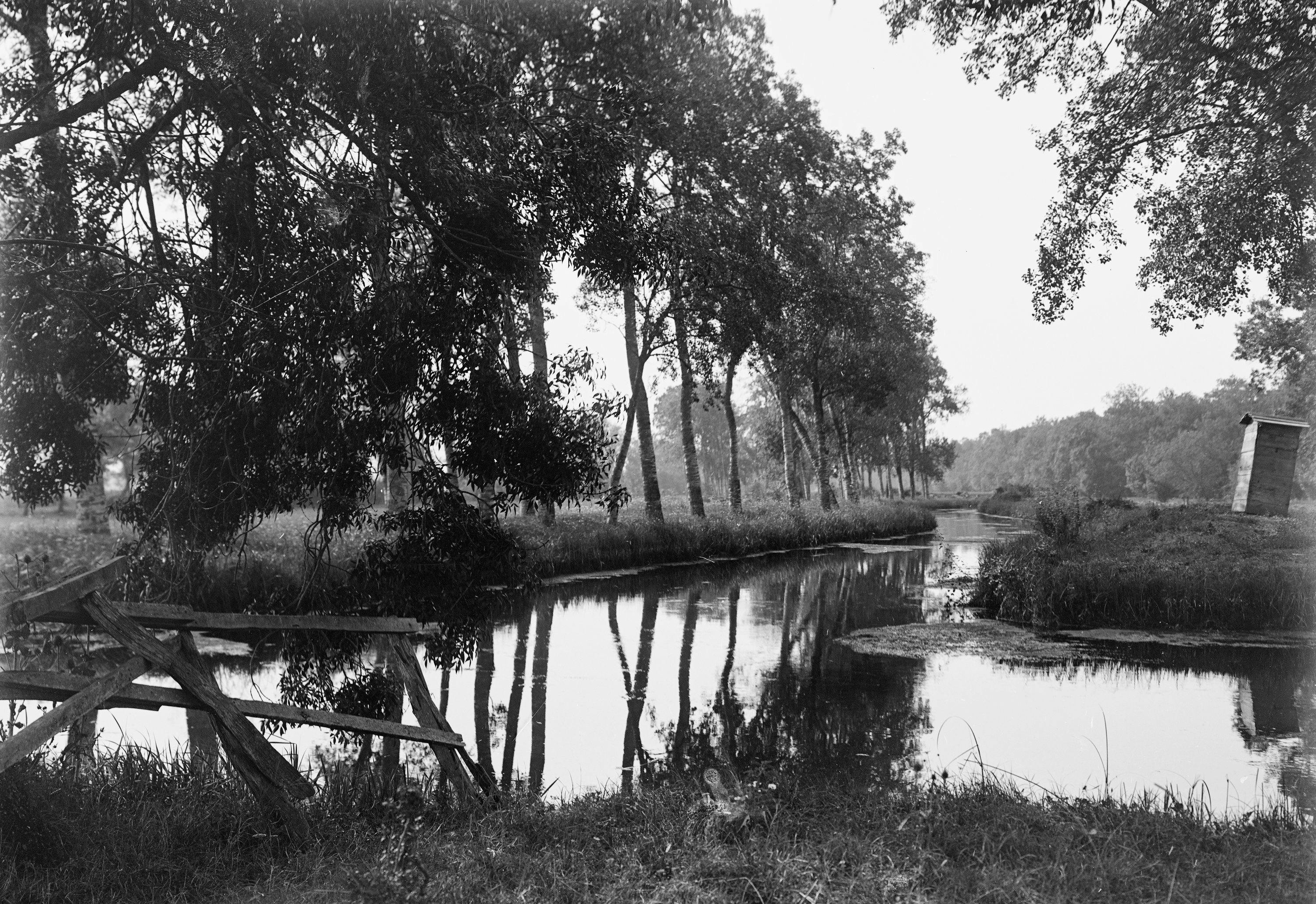The Pictorialist Photography of Lodovico Pachò
Lodovico Edoardo Pachò (Livorno 1870 - Firenze 1975)
In 1943, the Florentine Superintendency received a donation of more than 7,000 negatives of various sizes from Lodovico Edoardo Pachò (Livorno 1870 - Florence 1975), a landowner who had previously worked as a ship's doctor, but who, in his spare time, cultivated a passion for photography. During his long life, the Livorno-born artist participated in important photographic congresses of the time, was a friend and collaborator of Vittorio Alinari, exhibited in various competitions and exhibitions (often winning awards), and published in prestigious photography magazines.
The study and digitisation of the collection, kept at the Uffizi Photographic Department, are leading to the discovery of high-quality photographs, characterised by visual framings and light effects that recall Verism and Symbolism, contemporary movements to the doctor from Livorno. The figure is emerging of a man who, photographing out of passion and not professionally, turns his lens only on what he is most passionate about. A great traveller in Italy and abroad, he showed a lively curiosity for unspoilt nature, urban landscapes, portraits, crafts, customs and popular and exotic traditions.
A large part of Pachò's production known to date can be ascribed to 'Pictorialism', a movement of the late 19th century that arose to elevate the photographic medium to the rank of painting or sculpture. Many of his shots show, for instance, real farmers and shepherds, but posed together with livestock or the tools of their daily work; thus, the aim is not to document a real moment as in photo-reportage but to immortalise an idyllic and poetic scene, rendering it a work of art. The focus on commoners (some of whom live near his estates in Lari and Pontedera) is not dictated by an intent of social denunciation, but by an affection for a rural world destined to disappear. In addition to genre scenes, Pachò devoted himself greatly to landscape photography. Inspired by the Macchiaioli (and probably the Impressionists), he mainly photographed outdoors, studied natural light, and was very interested in reflections on water, woodland and seascapes, as well as the chromatic vibrations of the sky. Some photographs also hold historical value, for they document places or infrastructures that have now been transformed or vanished (such as the Vesuvius funicular railway).
From the background, however, seemingly less constructed photographs are also emerging, taken during social moments (such as outdoor games, horse races, and workers' gatherings), inside hospitals or while travelling. For instance, some shots taken in 1911 on the hospital ship 'Menfi' or 'Memfi' (during the Italo-Turkish war in Libya) depart from the Pictorialist style and are closer to reportage. Digitisation, therefore, could bring to light new aspects of Pachò's artistic career and lead to the definition of a more nuanced figure than the idea of an exclusively 'romantic' photographer.
Paesaggio e ambiente nelle fotografie di Lodovico Pachò, a cura di M. Tamassia, Livorno 2005.
